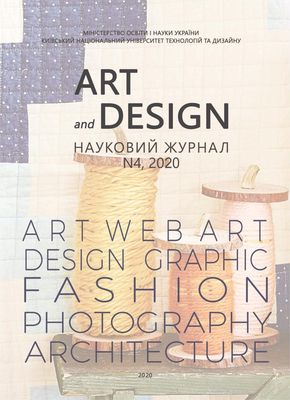Specificity of displaying the sport theme in the works of ancient art
DOI:
https://doi.org/10.30857/2617-0272.2020.4.11Keywords:
art of the ancient world, sports, dynamics, sculpture, fresco, frieze, relief, painting, acrobats, reflection of sports events, battles with a bullAbstract
Aim of work is to identify sport reflection features in ancient art. The paper uses methods of systematization and updating of analytical information about the peculiarities of the reflection of elements related to sports in the styles of the ancient world. The accumulation, systematization and implementation of information is carried out by studying the specialized professional literature and sites depicting the reflection of elements related to sports in ancient art. The main reflections of sports life in ancient art are identified and characterized. There is a description of ancient art that reflects sporting events. A summary analysis of the elements related to sports in the objects of the ancient world. The most interesting in the context of modernity are the elements of joy in Cretan art, the emphasis on dynamism in the first period of Minoan art; didactic orientation of the image of sculptural and pictorial works of sports events. Special attention needs to be paid to objects that are the result of all-Hellenic holidays. The example of creation of art objects on an example of figurines, painting, a vase-painting, minting connected with acrobatic jumps through a bull is considered. The elements of active dynamics, up to the existence of sloping lines in vase-painting and paintings in certain periods, of passive dynamics in the "golden age of Pericles" are shown. Then the visual ideal of athletics was created. The generalization of the classical period does not correspond to the superdynamic modernity. The most interesting emotional facial expression in both sculpture and painting of the period of imperial Rome. Since the II century. B.C. the portrait of the athlete is more and more individualized. The study is based on the study of sport as historically formed in the form of special competitive activities and sports practice socio-cultural phenomenon that promotes the harmonious development of natural and social psychophysiological abilities of motor activity and moral and aesthetic qualities of man, which determines his sports activities. The paper shows the trends in the creation of sculptures, frescoes, reliefs, vase paintings in ancient art, which reflect the sport. Prospects for further research should be related to assessing the impact of various modern processes on the creation of art and design, based on clear characteristics of new materials, a deep understanding of existing and new technological processes, general global trends in society as a whole.

